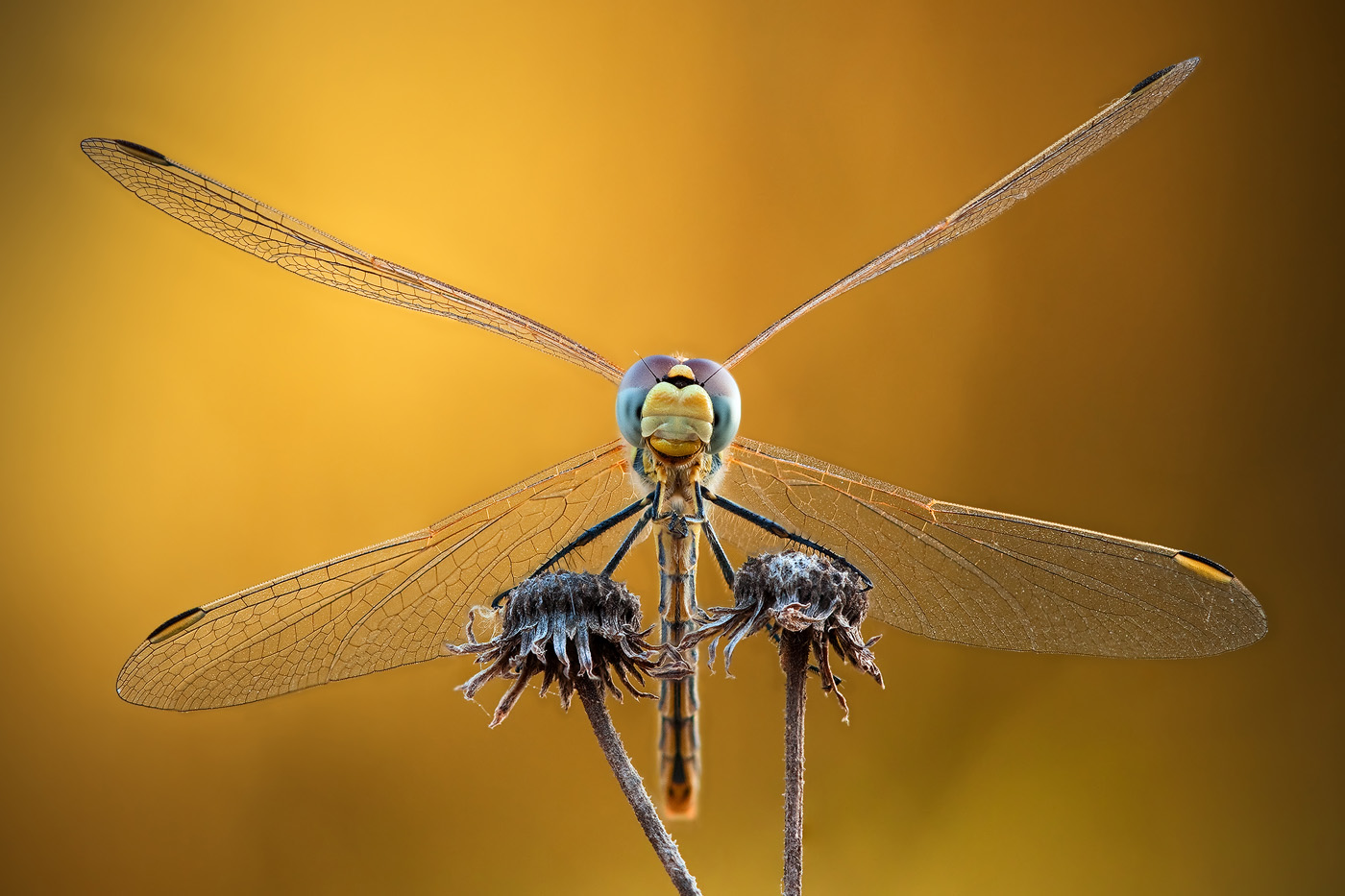

Some dragonflies utilize their flying skills to migrate. To learn more about dragonflies flying skills, see this video report from Science Magazine about dragonfly’s ability to fly backwards: Dragonflies are cold blooded –this pondhawk is warming itself in the sun on a stoop.

Eastern Pondhawks in particular are known to consume large numbers of agricultural pests. Moreover, they can fly backwards with similar alacrity.ĭragonflies, like this female Eastern Pondhawk (Erythemis simplicicollis), consume insects and invertebrates making them a critical link in the food chain. They can even hover in mid-flight for almost one minute and rotate 360 degrees in place. They can fly forward at approximately 35 miles per hour. Flight:ĭragonflies possess remarkable flying skills. When dragonfly populations decrease, it can be an environmental indicator that there is a problem in the food chain. The widespread use of broad spectrum insecticides eliminates food sources for dragonflies. Adult dragonflies capture their insect prey in flight, taking advantage of their extraordinary vision and flight ability - giving them their nom-de-guerre: “The Hawks of the Insect World”. Nymphs also consume freshwater invertebrates, tadpoles, and even small fish. Often, but not exclusively, their diet consists of insects. Water pollution has negative impacts on dragonflies due to their reliance on aquatic ecosystems throughout their life, making dragonflies important environmental indicators of water quality.ĭragonflies are not picky eaters - they will eat whatever is available. Eventually, the nymph will shed its final exoskeleton and an adult will emerge, leave the water, and fly away. Dragonflies spend most of their life as a nymph where they molt anywhere from six to fifteen times.

Many dragonflies are beautifully colored with greens, reds, yellows and blues.Ī dragonfly’s life cycle is an example of incomplete metamorphosis. Their eyes are compound –they consist of 24,000 ommatidia (or tiny eyes). The abdomen is divided into ten segments. Each dragonfly has six legs, four wings, a head, thorax and abdomen. Description, Life Cycle and Diet:ĭragonflies are members of the order Odonata. Biophilia Foundation is proud of its partners’ work to restore and protect dragonfly habitat. Conserving dragonflies and their habitat must be a priority because they are valuable environmental indicators. Photo courtesy of Chris Pupke.ĭifferent species of dragonflies and they can be found on every continent except Antarctica. Migratory dragonflies are environmental indicators of their breeding habitat, migratory habitat and overwintering habitat. Note the large eyes on the head, the wings at rest to its side and its segmented abdomen –all traits of dragonflies. Common Green Darners (Anax Junius) are known to migrate up to 85 miles a day.


 0 kommentar(er)
0 kommentar(er)
